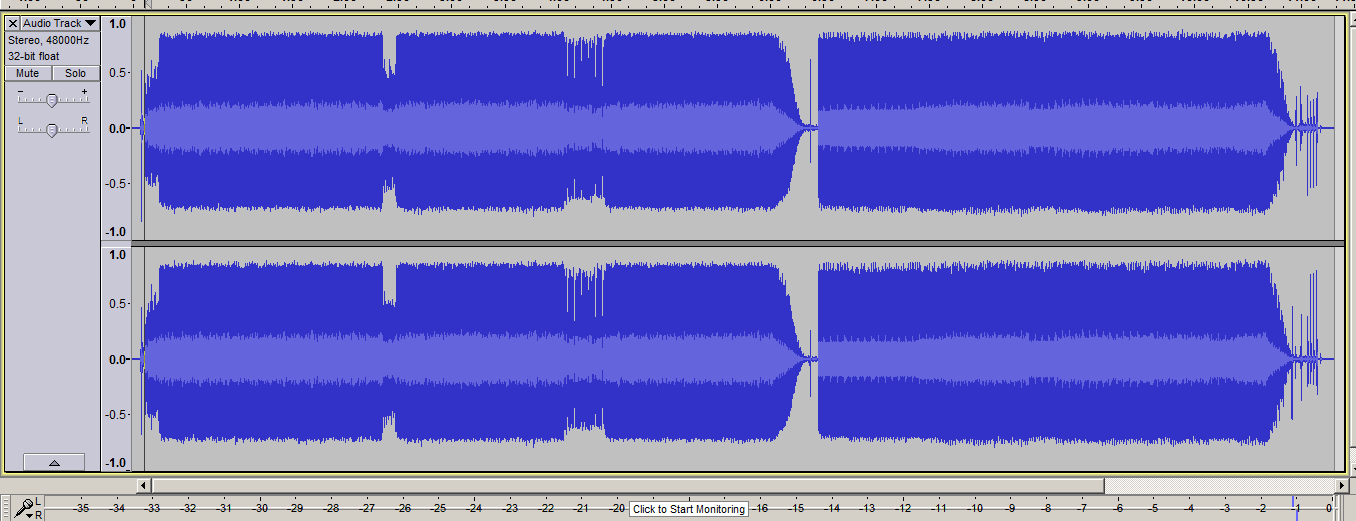Thank you for your input there. Very helpful.
I thought I was on the right lines with recording high as poss without clipping. I give it a trial run through for a few moments, usually, then go for record. You’ve made me more confident there. Although what you told me about nothing bad happening at lower levels with the bigger dynamic range helps a lot. I actually feared getting too close to noise levels by being 6dB lower than my usual recording level.
The record clicks, yes. I’ll look out for those as I do more records. I did wonder why they seemed to disappear on the next recording (only difference being drop in recording level). I expected them to be less, but not to vanish. Maybe it’s just me.
A low-pass filter (~20Hz so you don’t loose any bass) will often even-out the waveform no matter what the cause (without changing the sound). You don’t want a shelf, you want to reduce the subsonic noise/information as much as possible.
Yes, I have read a lot over the time I’ve been interested in cleaning up audio. Thank you for backing that up. I have a question, since you say don’t use a shelf. When in spectral, there are three options for edits - a notch, a parametric, and a shelf. Should I use the parametric then, when doing this below 20Hz? The last thing I expect you to say would be to use a notch filter, but suddenly I feel I’m in the presence of someone who knows better…
Yep, the TT doesn’t have an analogue gain. The very first time I tried a recording, I did the usual monitor the peaks for a few moments, surprised that they were so close to 0dB, then just let it record. I was prepared for a clip at any time but the recording went just fine. Only the asymmetry stuck out, once it had recorded - so that went in the recycle bin. So, yes I thought, when I started looking at the mixer, why drop the level. Even a few clicks didn’t clip. As I say, it’s all new to me. Now I realise, no benefit to dropping the level unless of course I get some clip, for whatever reason.
Very interesting, your last part about clipping. I realise the waves don’t look like they have any dynamism. Of course I have read about loudness war stuff. I suppose it may have been about in 92, when this dance track was produced. On the other hand, it is a full on funky house record - that will have some bearing on it, won’t it I suppose.
So, thank you very much - a big help. And I’m glad I was able to get the asymmetry to diminish while waiting for an answer. Not sure it’s all completely gone, but it looks much much better. I thought there was something wrong with my new TT and was feeling disappointed. I would like your opinion on what to use in spectral mode other than the shelf - which you advised not to use. I will take your advice.



